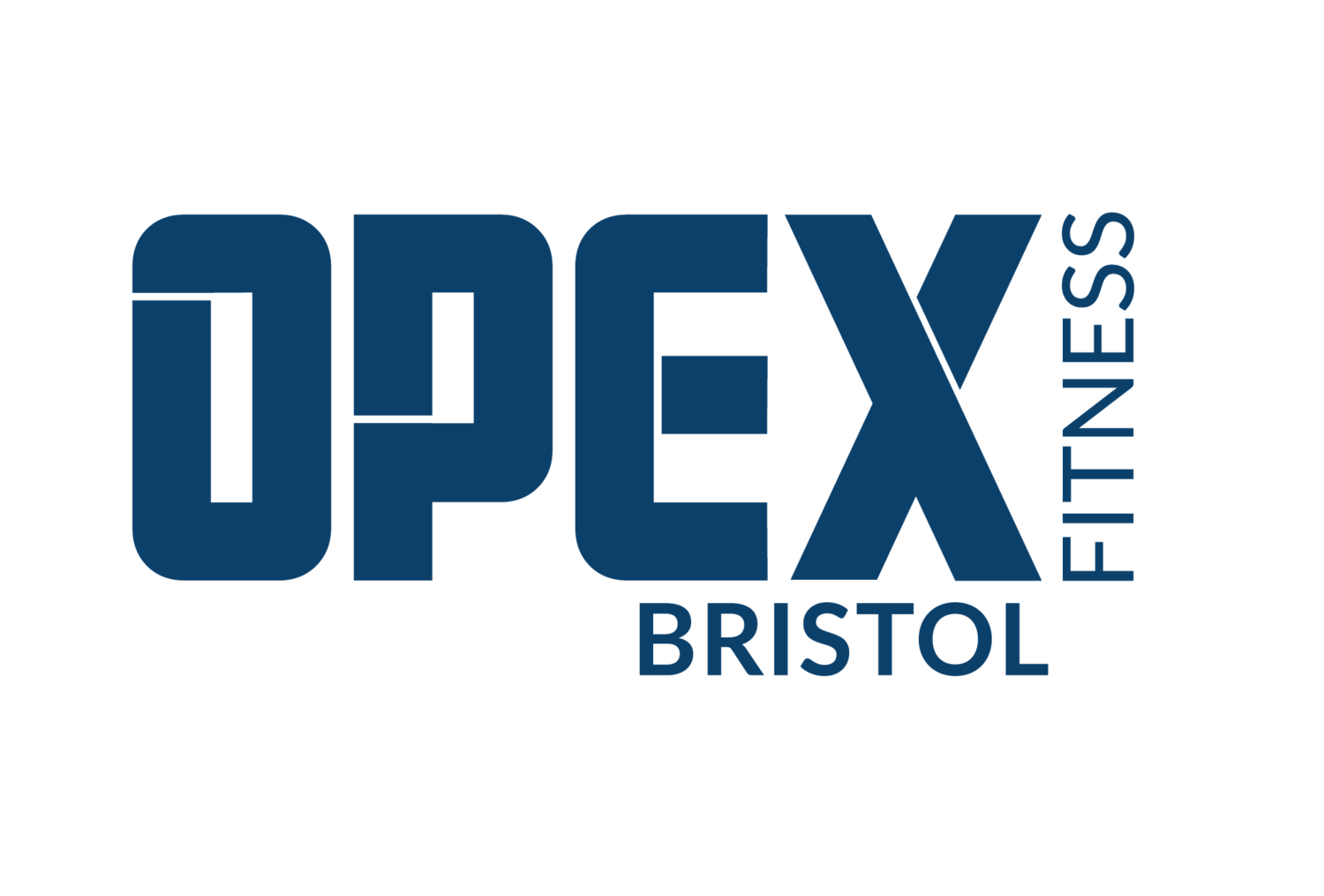What’s the Deal with Dietary Fat? A No-Nonsense Guide
If you grew up in the ‘90s or early 2000s, you probably heard that fat is bad. Low-fat yoghurts, fat-free snacks, and diet spreads ruled the shelves—and anything high in fat was treated like a dietary villain.
But here’s the truth: fat isn’t the enemy. In fact, your body needs fat to function well. The key is understanding the different types of fat, how they affect your body, and how to include them wisely in your diet.
Let’s break it down 👇
Why Your Body Needs Fat
Fat plays a vital role in your health. It:
✅ Supports hormone production
✅ Helps absorb fat-soluble vitamins (A, D, E, and K)
✅ Provides a long-lasting energy source
✅ Protects your organs and supports cell structure
✅ Can help you feel fuller for longer
So, cutting it out completely? Not a good idea.
The Different Types of Dietary Fat
Not all fats are created equal. Here’s a simple guide:
🔵 Unsaturated Fats – The "Good" Fats
These support heart health and can help reduce inflammation.
Found in:
Olive oil
Avocados
Nuts & seeds
Oily fish (like salmon and mackerel)
Aim to include these regularly.
🟡 Saturated Fats – The "Sometimes" Fats
Saturated fats aren’t evil, but too much can increase cholesterol in some people.
Found in:
Butter
Cheese
Red meat
Coconut oil
It’s fine to include some saturated fat—just be mindful of portion size and frequency.
🔴 Trans Fats – The "Avoid If You Can" Fats
These are artificially made fats found in some processed or fried foods. They increase the risk of heart disease and offer little nutritional benefit.
Found in:
Some baked goods
Packaged snacks
Fried fast foods
Check labels for "partially hydrogenated oils"—that’s a red flag 🚩
So… Should You Eat Fat If You’re Trying to Lose Weight?
Short answer: yes—in the right amounts.
Fats are calorie-dense (9 calories per gram), so portion control matters. But they’re also satisfying and can help curb cravings, especially when combined with protein and fibre.
Rather than cutting out fat, focus on building balanced meals that include:
🥬 Whole foods
🍗 Lean proteins
🥑 Healthy fats
🥔 Smart carbs
It’s not about “low-fat” or “no-fat.” It’s about the right balance for your body and goals.
Final Thoughts
Fat isn’t something to fear—it’s something to understand.
If your goal is fat loss, improved energy, better mood or performance in the gym, getting the balance right with your fats is just one piece of the puzzle.
Need help making sense of nutrition that actually works for you?
📩 Drop us a message or check out our [free nutrition mini-course].
